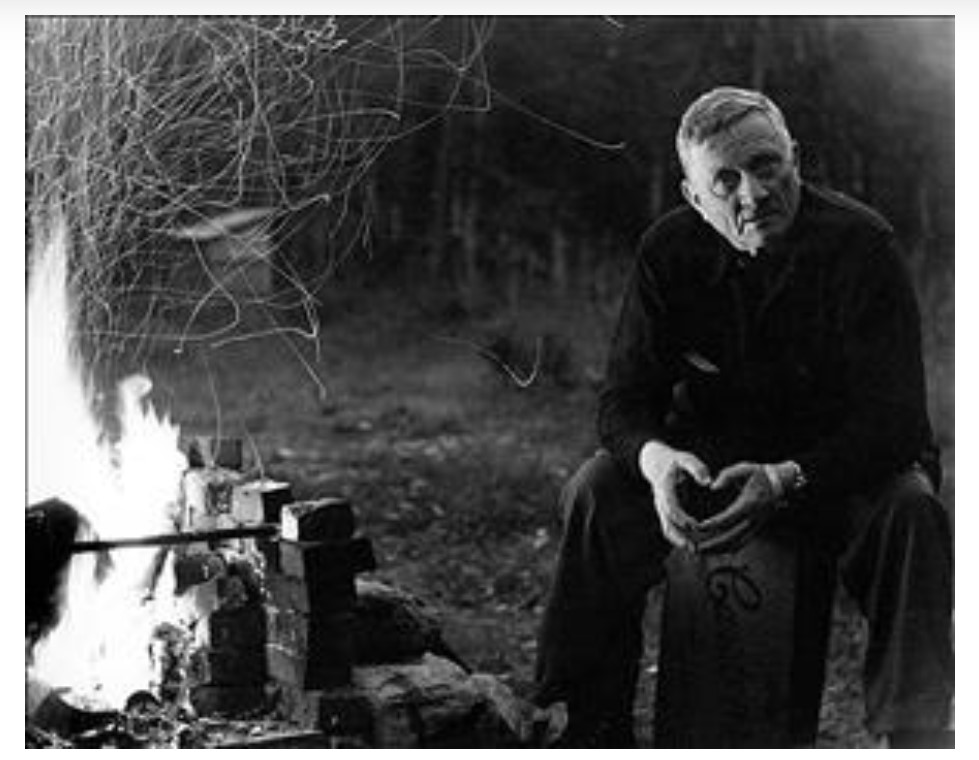Although the William O. Douglas Wilderness Area is down near Mount Ranier, perhaps a better place for PCT hikers to think about how the US Supreme Court judge from Yakima, Washington contributed to conservation of wilderness is when hiking between the Suiattle River Bridge and Suiattle Pass. Thanks to him, you are not looking across the river valley at the one of the largest copper strip mines in the country.
In 1966 Kennecott mining, known for their massive copper pit mine in Alaska, had announced plans to develop a 372 acre open-pit copper mine on the NE slope of Glacier Peak near the Suiattle River. Anyone camping at Image Lake would have looked directly into the pit.
On August 5, 1967, William O. Douglas was at the Sulphur Creek Campground along the Suiattle River leading a protest of the Kennecott Copper Corporation. The newspaper characterized the gathering as "a band of 150 adults, kids, dogs, and an assortment of people wearing beards and beads." Not everyone opposed the mine. A sign reading "Welcome Kennecott" greeted anyone traveling into Darrington, WA
Douglas had previously written a book about his hikes in the Glacier Peak Wilderness 'My Wilderness: The Pacific West'. In it he argued, "The aesthetic values of the wilderness are as much our inheritance as the veins of copper and coal in our hills and the forests in our mountains. If the valleys and ridges of this Glacier Peak area are sealed from commercial projects, we will have forever in America high country of enchantment. Those who search them out will learn that an emptiness in life comes with the destruction of wilderness; that a fullness of life follows when one comes on intimate terms with woods and peaks and meadows."
Douglas brought needed attention that supported the conservation cause. This so-called camp-in galvanized the Northwest public on behalf of wilderness and was part of a successful campaign to create North Cascades National Park the following year.
The patented mining claim was still technically at risk until in 1986 the Chelan PUD purchased it to place a snowpack monitor on the edge of the claim. This history is why the PUD is allowed to land helicopters near Lyman lake when they would otherwise be prohibited in a Wilderness Area. The claim area was finally protected under the Wild Sky Wilderness Act.
Today, December 2024 the mining loophole still exists in the Wilderness Act. A bill has been introduced to prohibit all mining claims in Wilderness Areas every year, and every year the bill dies in Congress.
Photo: US Supreme Court Justice Douglas camping.
